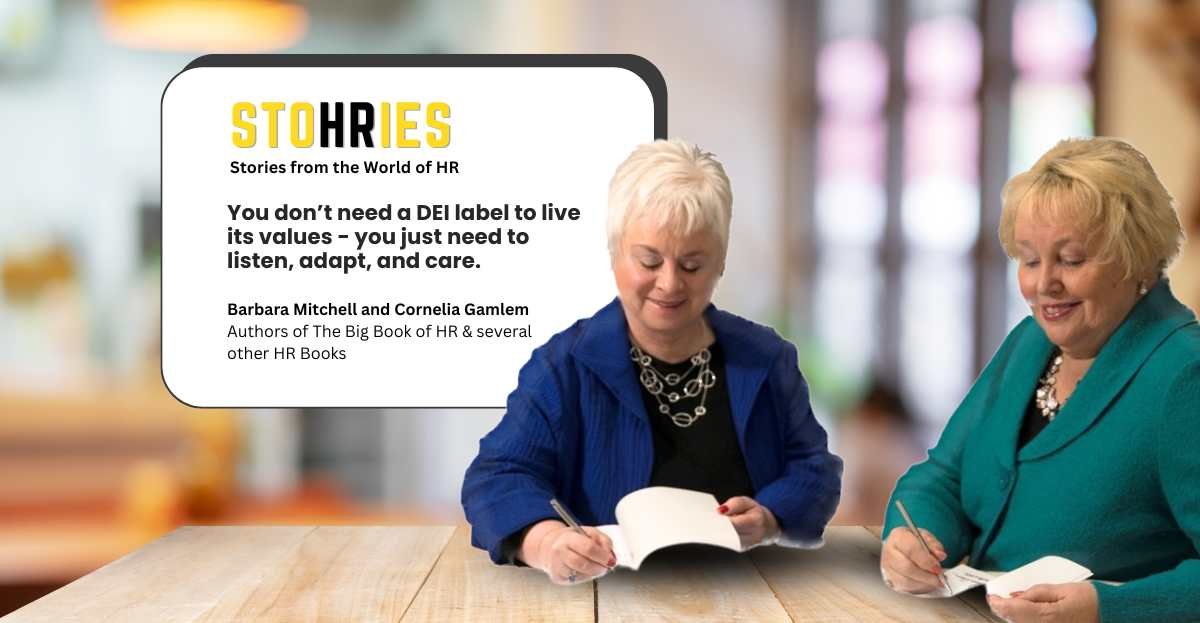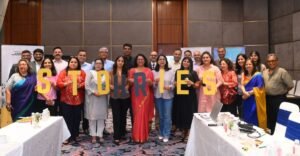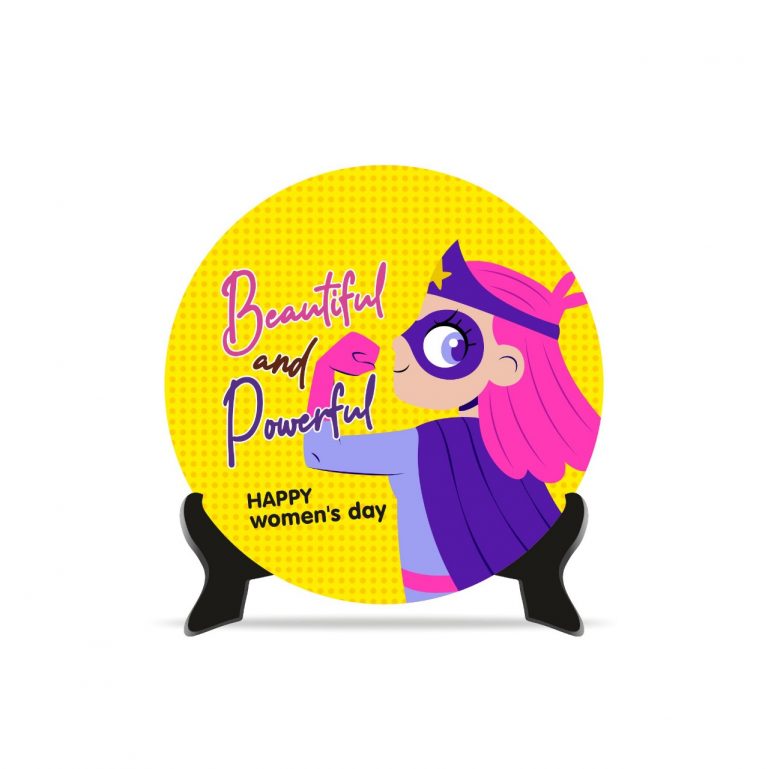The thing about DEI initiatives (Diversity, Equity and Inclusion), is there is not a one-size-fits-all model that will work for every organization. Before an organization can begin to develop their approach to DEI, they must understand each of these aspects.
Diversity includes all the elements-biological, physical, environmental and cultural-that differentiate us from others and distinguish us as individuals or groups of individuals.
Equity is ensuring that everyone in the organization has the opportunity to succeed. It can include removing barriers and restrictions that would prevent success and making sure that every employee has all the tools, information and support to do their jobs.
Inclusion is about making people count. It is about an organization’s practices-how it puts its policies into action-and its culture-how people act and behave toward one another and how they contribute to success, both individual and organizational success.
In our consulting practices, we have helped clients develop diversity mission statements and strategic plans, understand their business drivers, form diversity task forces, identify the programs to include such as recruiting and community outreach and measure the results.
One client in particular stands out. It’s a regional, privately held, restaurant chain and it’s CHRO is remarkable about understanding the workforce and their needs. For example, this company does not have a program or initiative that they label DEI. Rather, they are committed to employee engagement, which they believe is the core of inclusion and equity. They look at their workforce, their different needs (diversity), and strive to engage each and every member.
This restaurant chain has recognized that they have two distinct groups of employees-frontline, who work in the restaurants and staff who work in regional or the headquarters offices. This is what makes diversity in their organization unique. The needs of each group may be similar, yet meeting them takes some creativity and often leadership courage.
“Employees contribute to the company’s success because they have some say in how they do their job.”
The challenge
The challenge for this company is meeting each group’s needs, and that is where equity comes in. For example, staff workers can work from home or adjust their schedules if they have a sick child or appointments during normal working hours while front line workers can’t. However, all frontline workers even part-time staff receive generous PTO to accommodate their needs. While the solutions may not be identical or the same (equal), all employees have the same level of support (equity).
Another example of the challenge is ensuring flexibility for all staff by looking at flexibility through a broad lens to give frontline workers a say over their shifts. They get input on their availability and their willingness to come in at the last minute to cover a coworker’s shift if someone calls in absent. Schedules are posted as far in advance as possible.
This is just one example of how the company practices inclusion, giving people a voice which contributes to the employee experience.
The spark
This is their philosophy that a compelling issue for an inclusive culture is the need to bring creativity into your workforce and organization to respond to changing factors. Employees with different experiences bring different understandings of these changes.
Employees contribute to the company’s success because they have some say in how they do their job. The wait staff are considered primarily customer service professionals and not merely food deliverers. Because they are closest to the customers, they often bring innovative ideas to leadership or weigh in on suggestions based on regional customer bases.
When the restaurant chain began introducing QR codes in place of paper menus, they sought input from the wait staff regarding potential customer reaction. This allowed them to do it incrementally, individualizing their approach on a regional basis to suit their diverse customer base. They followed the same approach as they began piloting digital menu screens for ordering. Understanding the unique perspectives of both their frontline employees and diverse customer bases, and giving the wait staff a voice, was key to their successful introduction of these changes.
Related Posts
“Give employees a voice, a chance to be heard and an opportunity to participate. You’ll lower turnover, increase productivity and profitability, and most important, maintain a positive workplace culture that everyone can be proud of.”
The execution
None of these innovations would have been possible without the use of technology. The IT department works closely with regional management to track staffing needs in each restaurant. They can track all staff scheduling preferences in a database. When a last-minute change occurs, messages are pushed as soon as possible to those individuals willing to pick up extra shifts.
We helped them design surveys so they can poll employees in all locations regarding customers reactions to the changes or proposed changes. They realized that customers in some locations may be less tech savvy than others and more resistant to the use of QR codes or digital menu screens. In addition, we conducted interviews with a cross section of the employees regarding customer reactions to these changes. The information gathered from the surveys and interviews allowed them to tailor their approach to introducing these changes throughout the company.
Finally, they used staff members to make training videos, which we helped them develop, for the rest of the company. Employees in other locations are receptive when they hear from their peers rather than the leadership about these changes. Their peers’ first-hand experiences not only bring credibility but also enhance employee engagement.
The outcome
None of this was implemented without the use of metrics and cost considerations. Along with keeping good metrics on staffing needs in each restaurant, customer traffic is also maintained. Along with employee feedback, this gave them another indication of how the changes were being accepted by the customers, and they could adjust accordingly. They are seeing streamlined operations and economies of scale in many locations.
Culturally, the introduction of new technology has been positive. The cooks love it because it’s efficient. The wait staff loves it because they can cover more tables in a shift and make more tips. However, the company is very people-centric and that is embedded in its values. They are very committed to positive customer and employee experiences. They have no intention of totally replacing wait staff with technology because they know that personal attention is so important to their customers. They often hear from staff that they enjoy teaching the customers about the new technology, and the customers enjoy learning from them.
“Inclusion is about making people count. It is about an organization’s practices, how it puts its policies into action, and its culture, how people act and behave toward one another and how they contribute to success.”
The learning
Leaders, especially HR leaders, in any organization should recognize that diversity expands beyond the individual members of their workforces. It also includes their clients and customers and often the diverse nature of the organization itself. Understand your unique diversity and celebrate it because diversity is important. Imagine a world where everyone was alike. It would be boring. Where would all the creativity come from?
Beyond that, inclusion is critical to employee engagement. Give employees a voice, a chance to be heard and an opportunity to participate. You’ll lower turnover, increase productivity and profitability, and most important, maintain a positive workplace culture that everyone can be proud of.










